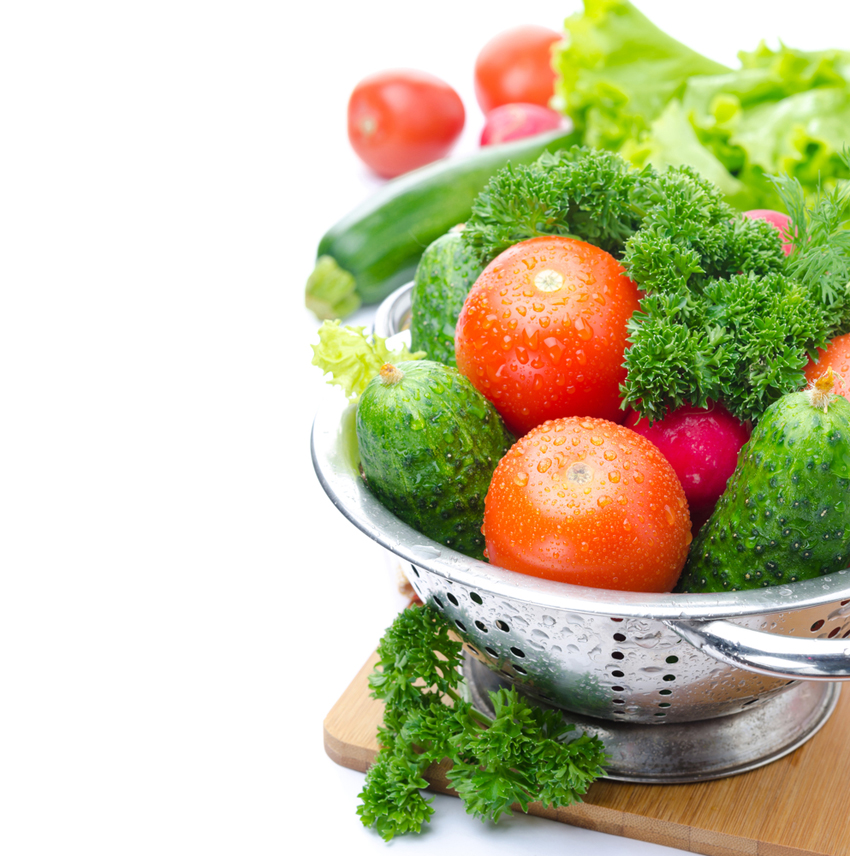Clean Eating: What It Is and Why You Should Be Doing It

Now that’s what we call a spring clean. Photo via Shutterstock
What do you think of when you hear the phrase “spring cleaning”? Chances are, it’s not your diet. But with the popularity of clean eating on the rise, talk of spring cleaning might soon trigger more than just images of your spotless home.
The concept of clean eating has spurred a number of books by dietitians and doctors alike. The blogosphere has also taken to the subject, and a simple search of the hashtag #eatclean on Instagram returns over two million results. But what does clean eating really mean?
Less processing and fewer ingredients are at the root of what determines a clean food. An article by Dr. David Katz, director of the Yale University Prevention Research Center, appeared in Prevention in 2010. In the article, Dr. Katz explains the concept of clean eating and states that clean foods are “…whole and free of additives, colorings, flavorings, sweeteners, and hormones.” In essence, foods that are minimally processed would meet this definition. He goes on to state that “one ingredient” foods are clean foods and those with longer ingredient lists have more of a risk of having “chemicals, sugar, salt, harmful oils, and unneeded calories.” Though there are different interpretations of the phrase (some people say it means eating only organic or local, sustainable foods) the overarching principle of clean eating is simple: The closer the food is to its natural state when eaten, the better.
If you want to try clean eating, keep these three principles in mind:
Choose foods with a short ingredient list. The longer the ingredient list, the more likely it is that the food is highly processed. Choose foods in their purest state, like cranberries or whole apples instead of cranberry juice cocktail or apple juice with added sugar.
Eat foods in an array of colors and in their freshest and most natural state. This means choosing foods from a variety of sources. Think dark greens, blues, and purples, vibrant oranges and yellows, bright whites, and deep reds. Take the opportunity to branch out and try foods you’ve never tasted before—purple cauliflower, anyone?
Eat in season. Take a look at this seasonal chart and try choosing foods that are harvested in season, like root vegetables in the winter and berries in the summer. By eating in season, you’re more likely to eat the food in its freshest state and it will also taste better.
The varied interpretations of clean eating allow you to choose what works best for your lifestyle. Clean eating is more than a fad; it gets at the heart of what it means to eat a healthy diet, emphasizing plenty of produce, minimally processed foods, and little added sugar. If you are looking to eat clean this year, try visiting your local farmers’ market for some fresh, seasonal produce, find a list of simple recipes with fresh ingredients like these from Eating Well, or challenge yourself to choose foods with less than five ingredients on the label next time you hit the supermarket.


